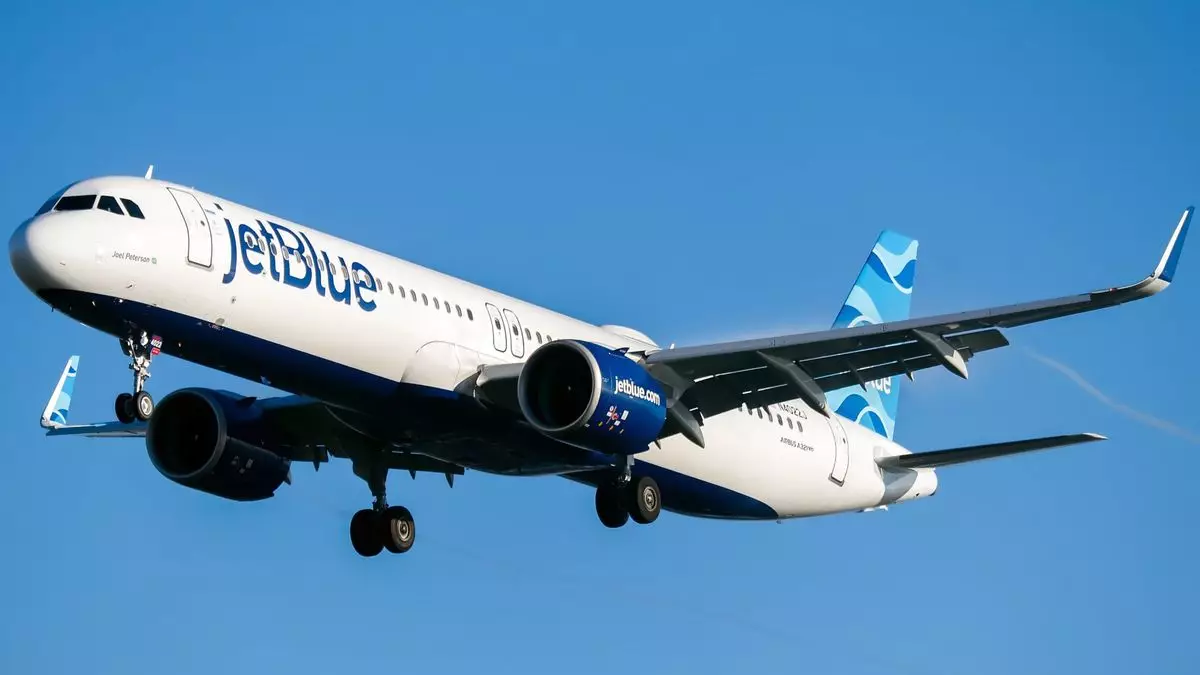JetBlue Airways has made a notable decision to terminate its service between Boston and New York’s LaGuardia Airport, a move that signals a shift in the airline’s operational strategy. This decision is reflective of a broader trend in the aviation industry, where airlines are continuously reassessing their networks to enhance profitability and customer satisfaction. As JetBlue emphasizes, the rising operational costs—particularly airport fees at LaGuardia—have made it increasingly challenging for the airline to maintain its commitment to low fares, a hallmark of its service ethos.
The airline has cited the significant increase in airport fees at LaGuardia—approximately $50 per traveler—as a key factor in its decision. This development brings to light the growing financial pressures airlines face at major airports, which can ultimately lead to fare hikes and reduced service options for passengers. JetBlue’s predicament is emblematic of the larger economic realities within the aviation sector, where balancing the dual goals of competitive pricing and profitability is increasingly difficult. For JetBlue, the route’s discontinuation by April 29 is not just a logistical adjustment; it is a necessary measure to avoid compromising its brand’s commitment to affordability.
While JetBlue’s exit from the Boston-LaGuardia route may seem like a retreat, the airline has strategically positioned itself to maintain its presence in the Northeast. The continued service to JFK Airport and the introduction of new daily flights to Islip Airport illustrate JetBlue’s commitment to adjusting its focus towards leisure travel, which is a reassuring pivot in the wake of competitive pressures from airlines like American and Delta. These carriers will continue to serve the Boston-LaGuardia route, but JetBlue aims to carve out its niche by focusing on more profitable and strategically valuable routes.
JetBlue’s redirection towards leisure travel reflects broader industry trends as airlines recalibrate in response to the evolving preferences of travelers, particularly as post-pandemic travel behavior continues to shift. With its flight schedule showcasing a robust service to JFK and the new route to Islip, JetBlue appears ready to capture the demand from leisure travelers looking for convenient and cost-effective options. This adaptation not only speaks to the airline’s resilience but also highlights a commitment to redefining its network to align more closely with consumer demand.
JetBlue’s decision to cease its Boston-LaGuardia service underscores the airline’s recognition of its economic environment and an agile approach to market dynamics. Rather than a sign of weakness, this transition illustrates a proactive strategy aimed at ensuring sustained profitability while maintaining customer expectations. As the airline navigates the complexities of modern air travel, its focus on leisure routes not only reflects a tactical response to current challenges but also positions JetBlue for potential growth in an economically uncertain landscape. This calculated move may indeed set the stage for a stronger, more adaptable airline ready to meet the evolving needs of travelers in the future.


Napsat komentář